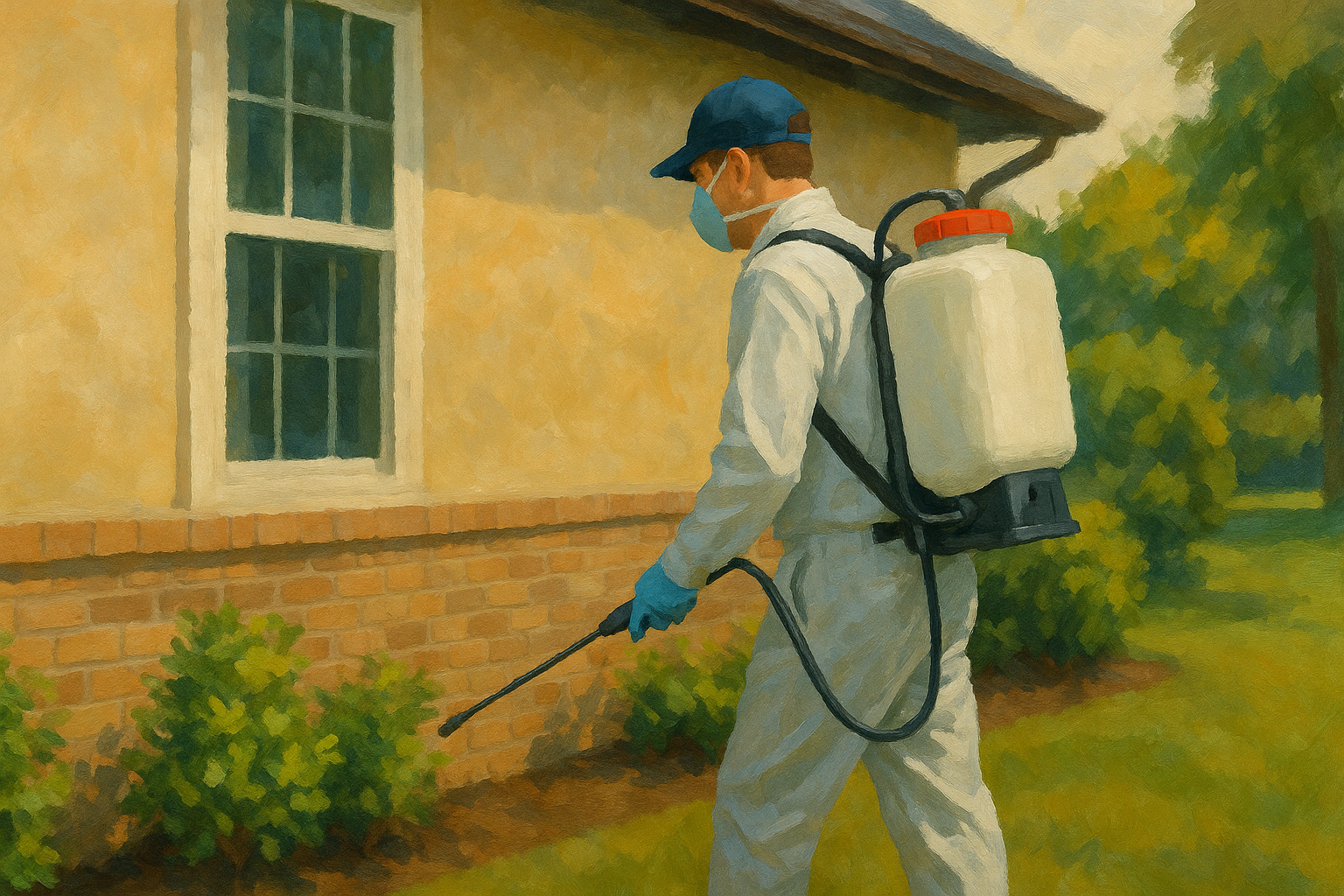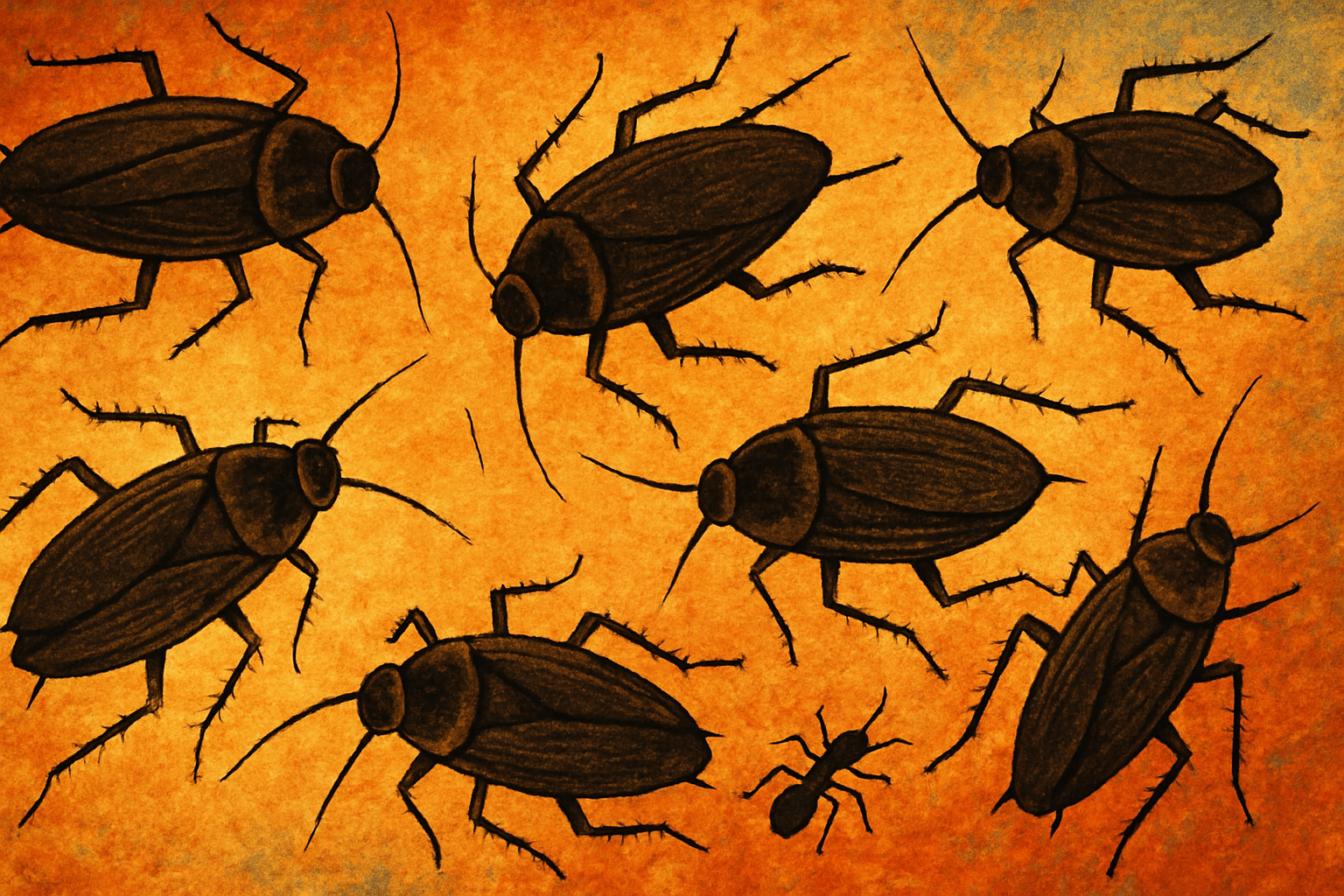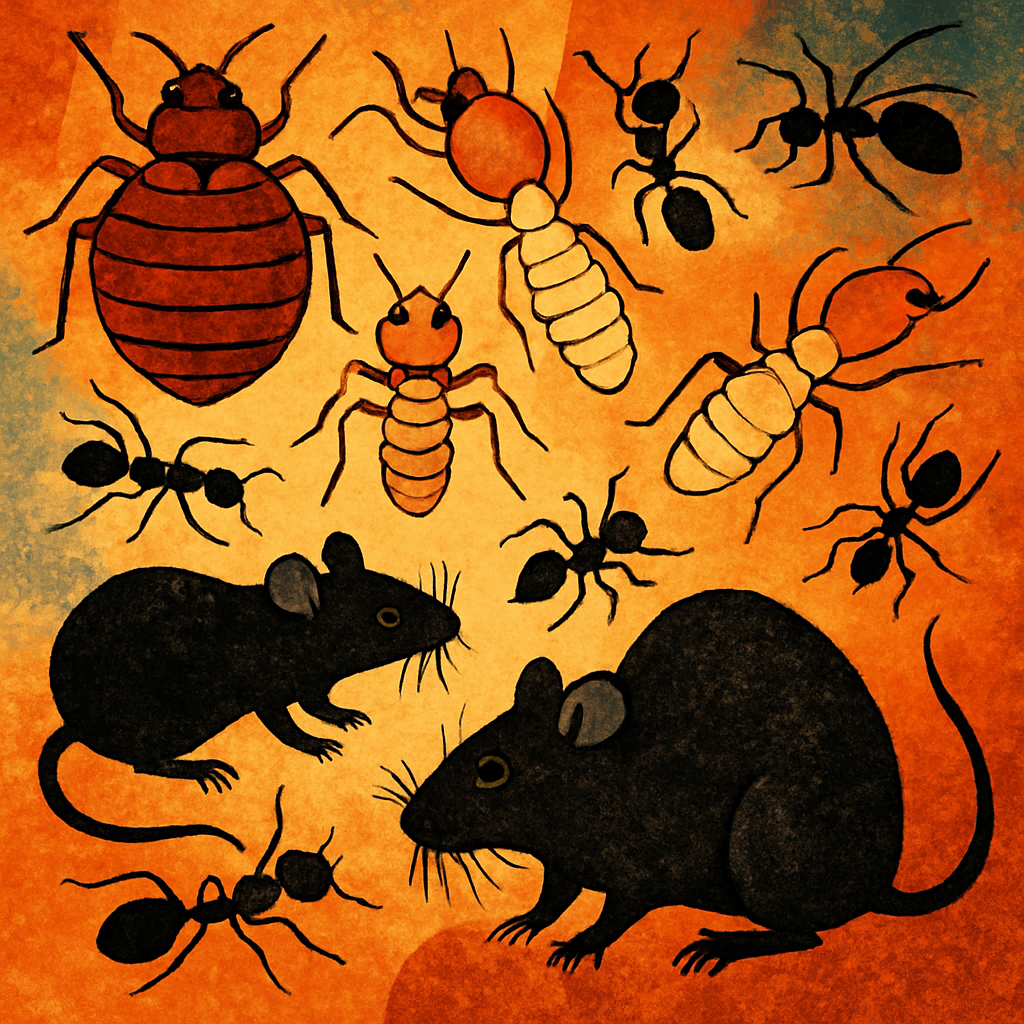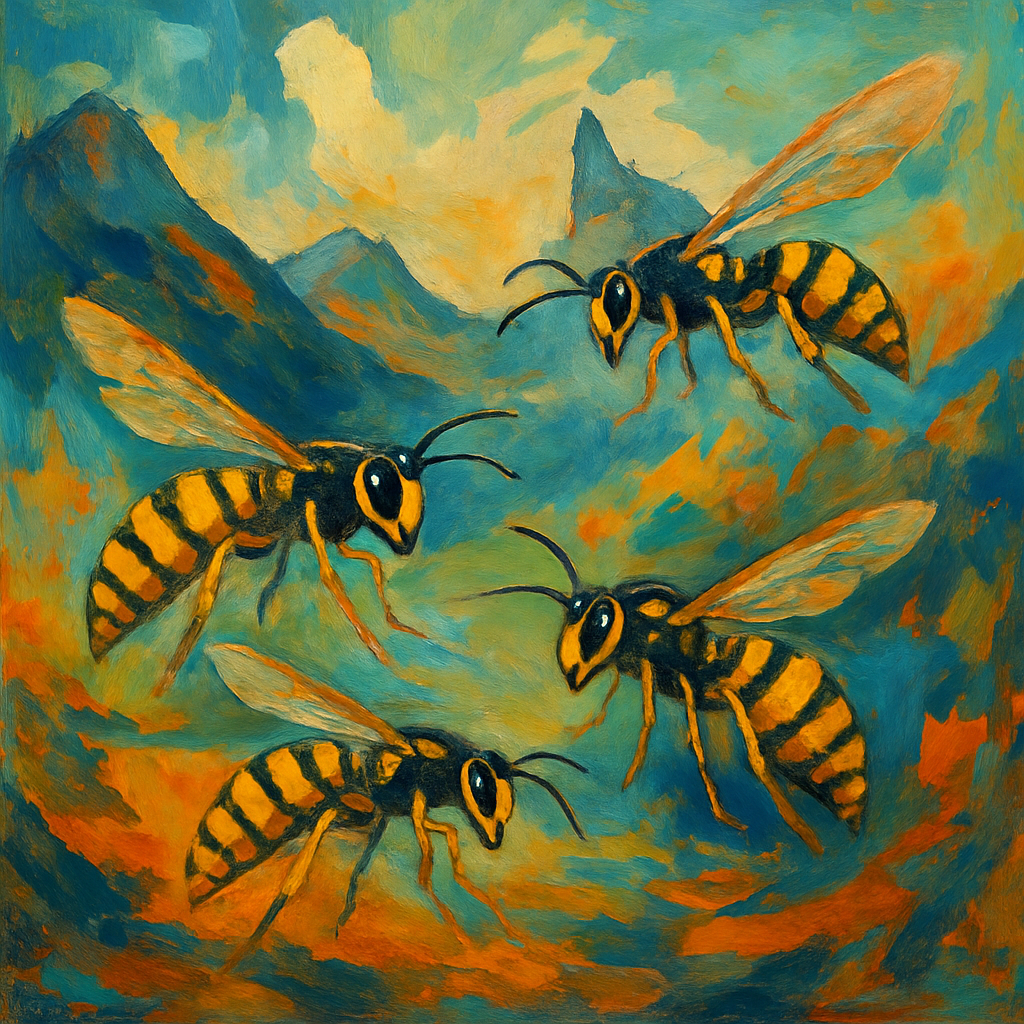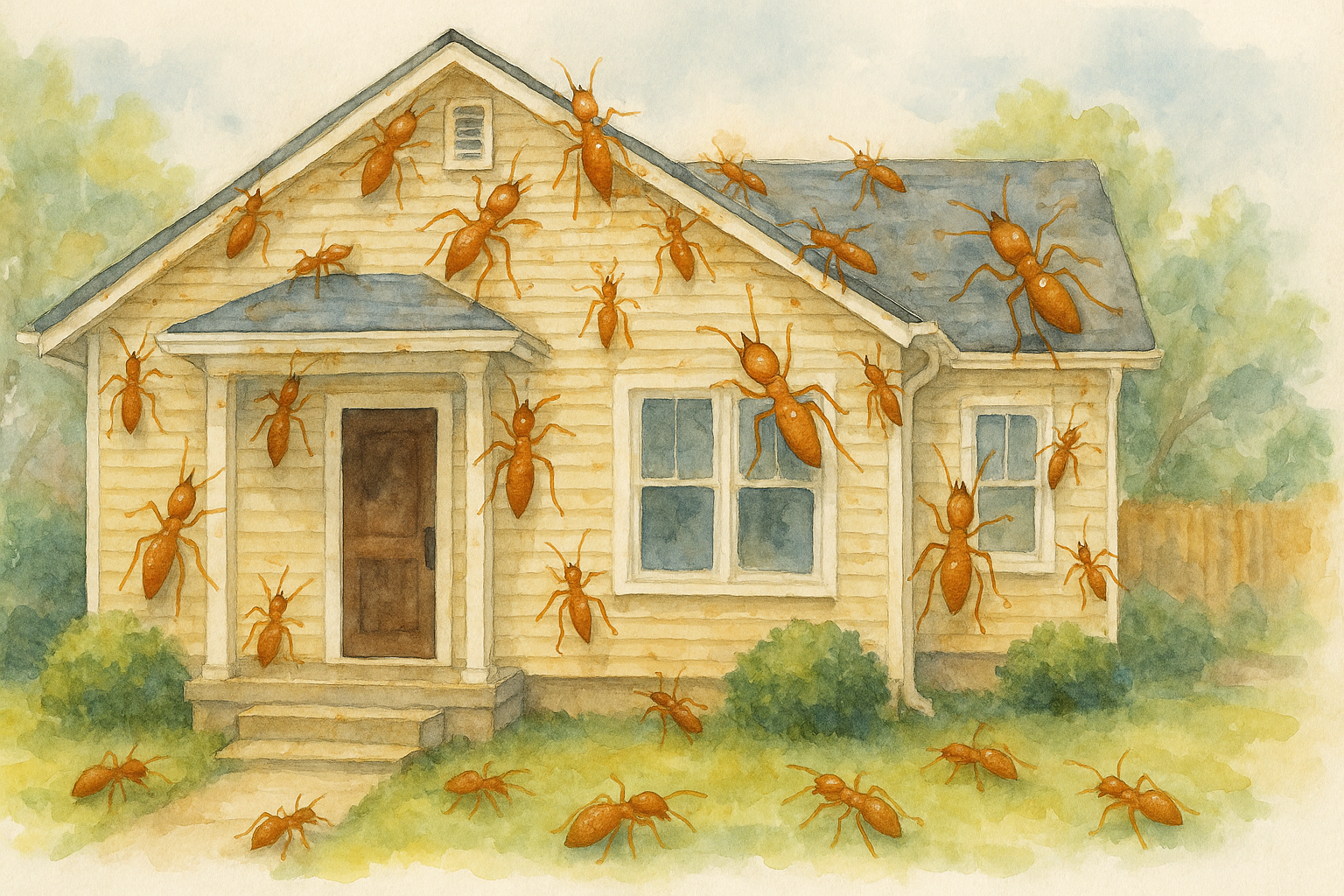Clover mites (Bryobia praetiosa) are tiny, plant-feeding mites that can become a nuisance, particularly in the spring and fall when they invade homes in large numbers. Though they don't pose a direct threat to humans or pets, their presence can be bothersome. If you’re looking for natural methods to keep clover mites at bay, here are some effective strategies. For info on spider mites, click here.
Use Natural Barriers
Creating natural barriers can help prevent clover mites from entering your home. Clover mites often enter through windows, doors, and cracks in the foundation. To stop them, apply diatomaceous earth or talcum powder around potential entry points. These substances are safe and non-toxic but create a barrier that deters the mites from crossing.
Keep Vegetation Away from the Home
Clover mites thrive in areas with lush vegetation. To reduce their numbers near your home, keep plants, grass, and bushes trimmed back and away from the foundation. Maintaining a buffer zone of 18-24 inches between plants and your home can help minimize the number of mites entering your living spaces(Venables, 1943). Removing grass or plants that grow too close to the house also reduces the attractiveness of your property to these pests.
Essential Oils
Certain essential oils, such as peppermint, clove, or neem oil, can act as natural repellents for clover mites. Mix a few drops of essential oil with water in a spray bottle and apply it to windowsills, doorframes, and other entry points. The strong smell of these oils deters mites without the need for harmful chemicals.
Increase Irrigation
Clover mites prefer dry conditions, so increasing the moisture in the soil around your lawn may reduce their population. Studies have shown that regular irrigation can decrease clover mite activity in lawns by nearly 50%, as moist environments are less conducive to their survival(Kramer & Cranshaw, 2009). Be sure to maintain a balance—while increasing moisture can deter clover mites, overwatering can invite other pests.
Vacuuming
If clover mites have already invaded your home, one of the easiest natural removal methods is to vacuum them up. Using a vacuum with a HEPA filter ensures that the mites are completely removed. Be cautious when crushing clover mites, as they can leave red stains, so vacuuming is often the best solution for indoor infestations.
Conclusion
Clover mites can be controlled naturally through a combination of creating barriers, adjusting your landscaping, and using natural repellents like essential oils. If infestations persist, however, professional pest control services may be necessary to prevent them from becoming a bigger problem.
Works Cited
Kramer, K., & Cranshaw, W. (2009). Effects of Irrigation on Populations of Clover Mite, Bryobia praetiosa Koch (Acari: Tetranychidae), and Other Arthropods in a Kentucky Bluegrass Lawn.https://bioone.org/journals/southwestern-entomologist/volume-34/issue-1/059.034.0106/Effects-of-Supplemental-Irrigation-on-Populations-of-Clover-Mite-Bryobia/10.3958/059.034.0106.short.
Venables, E. (1943). Observations on the Clover or Brown Mite,
Bryobia praetiosa Koch.
The Canadian Entomologist, 75, 41-42.https://www.cambridge.org/core/journals/canadian-entomologist/article/abs/observations-on-the-clover-or-brown-mite-bryobia-praetiosa-koch/7C605E4FBDDFF912F7C184E7F9F2B7F5.
Contact Today For $100 Off Your Initial Service!
⭐⭐⭐⭐⭐
Backed by our Bigfoot Guarantee!
What Customers Are Saying:
"Everyone from Bigfoot is awesome. They are always on time. They're extremely thorough. I've not had a single issue in the two years they have been treating our home. Well worth it!"
T. Potter | Meridian, ID
